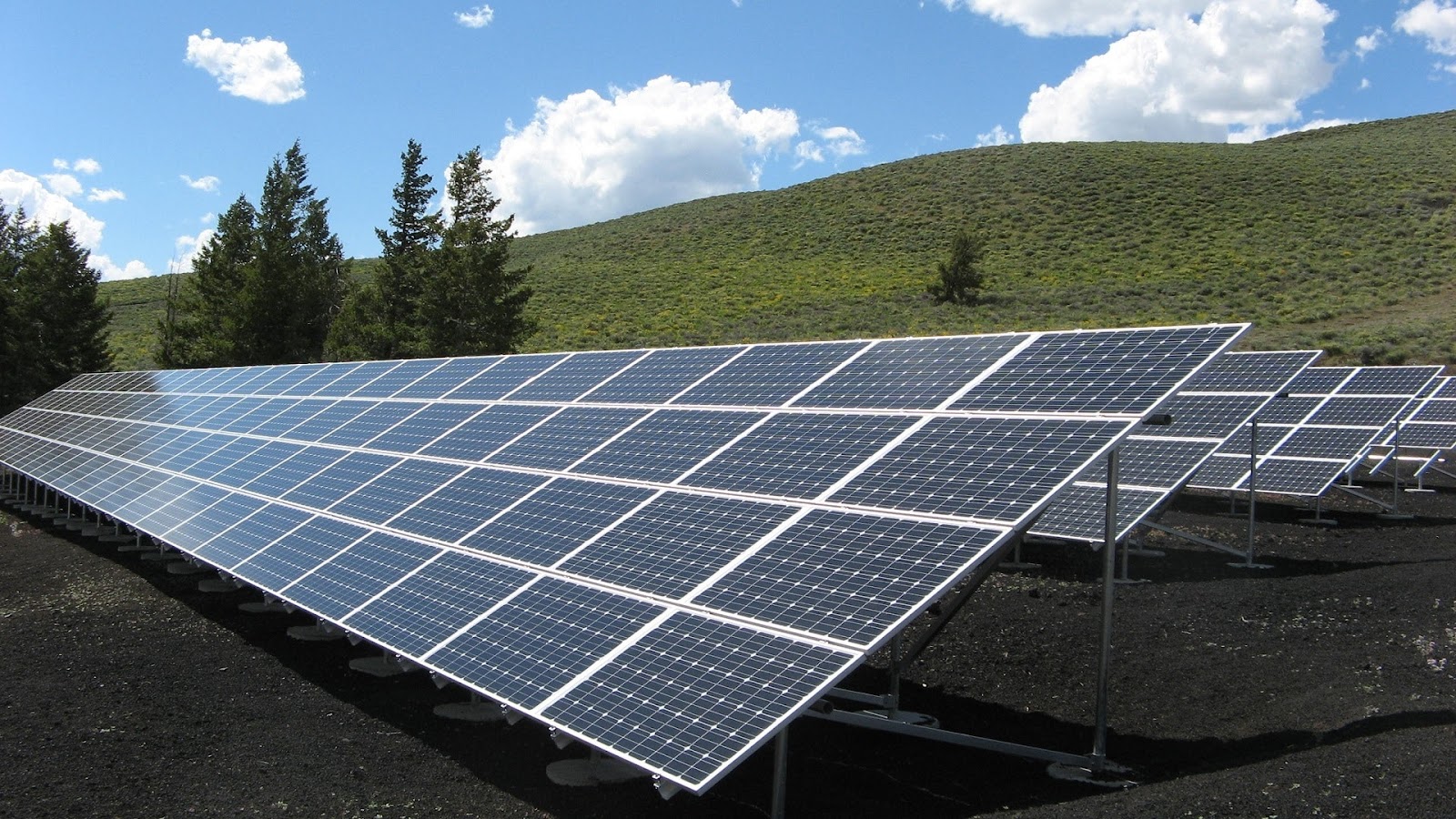Microgrids: The Technological Marvel Reshaping Power Distribution
Introduction:
In the intricate web of electrical engineering, one innovation stands out as a beacon of resilience, efficiency, and sustainability - the microgrid. Today, we embark on a technical journey into the world of microgrids, unraveling the intricate web of technologies that make them a transformative force in power distribution.
The Microgrid Evolution:
Microgrids are a technological evolution of traditional power distribution systems. They are autonomous, self-sustaining networks capable of generating, storing, and distributing electricity independently, offering unmatched flexibility and reliability.
Key Components:
At the heart of a microgrid lies a complex interplay of components:
- Distributed Energy Resources (DERs): Solar panels, wind turbines, and cogeneration systems are integral DERs, providing localized power generation.
- Energy Storage: Advanced battery systems store excess energy for use during peak demand or grid disruptions.
- Inverters and Controllers: These devices manage power flow, ensuring a stable and efficient distribution.
- Control Systems: Cutting-edge software controls the entire microgrid, making real-time decisions to optimize performance.
Resilience in Action:
One of the most significant advantages of microgrids is their resilience. In the event of grid failures or natural disasters, microgrids can operate independently, providing a lifeline of power to critical facilities such as hospitals, military bases, and remote communities.
Grid Integration:
Microgrids can operate in both grid-connected and islanded modes. In grid-connected mode, excess energy can be exported to the main grid, reducing the load. In islanded mode, the microgrid functions independently, ensuring continuous power supply.
Advanced Control Algorithms:
Microgrid control systems employ sophisticated algorithms to balance supply and demand. These algorithms factor in weather forecasts, demand patterns, and equipment performance data to optimize energy usage.
Sustainability and Efficiency:
Microgrids are champions of sustainability. By incorporating renewable energy sources and energy storage, they reduce reliance on fossil fuels, lower greenhouse gas emissions, and contribute to a greener planet.
Challenges and Future Prospects:
While microgrids hold immense potential, they are not without challenges. Integration with existing grids, cost considerations, and regulatory hurdles require thoughtful solutions. Nonetheless, the future of microgrids is bright, with ongoing research focusing on improving efficiency, scalability, and affordability.
Conclusion:
Microgrids represent a paradigm shift in electrical engineering. They exemplify how innovation, technology, and resilience can reshape power distribution systems. As we dive into the technical marvel of microgrids, we're reminded that the future of energy is not just bright but also sustainable and efficient.
The journey of innovation continues, and microgrids stand as a testament to our ability to engineer solutions that empower communities, safeguard critical infrastructure, and pave the way toward a more sustainable world.




Comments
Post a Comment